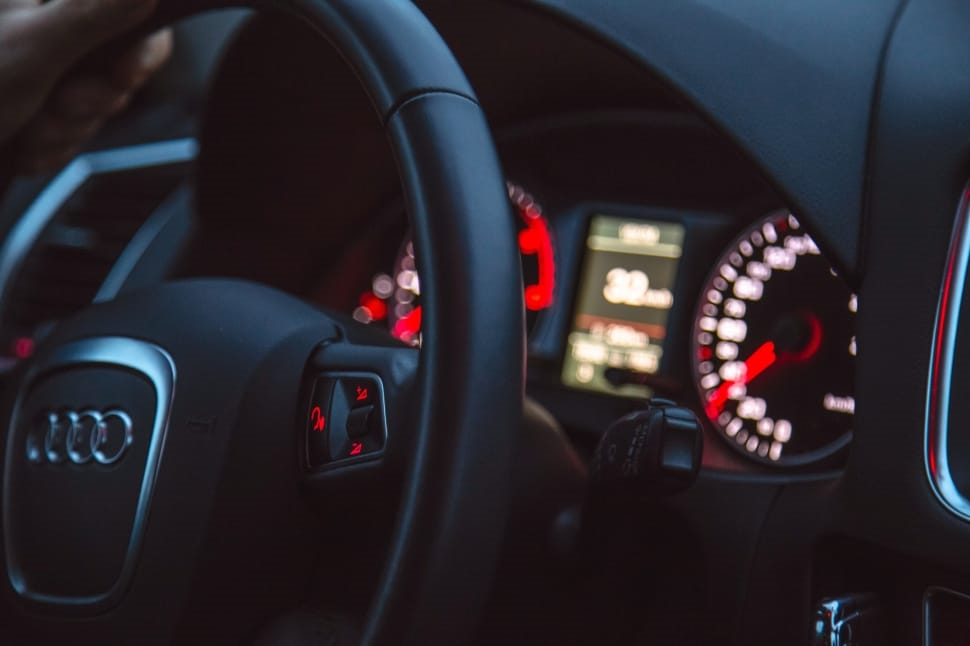Starting and Acceleration | Driving Skills Focus
| Driving Tips for New Drivers |
Driving is much more than just steering a vehicle; it’s about understanding and adapting to various road conditions, mastering the art of starting and accelerating, particularly in challenging scenarios like uphill drives, and maintaining appropriate spacing with the car ahead. In this lesson plan, we will delve into these key aspects, ensuring you become a proficient driver, ready to handle the diverse situations the road presents.
This blog may contain affiliate links, and therefore if you make a purchase through these links, we subsequently may or may not earn a commission at no extra cost to you.
Starting Your Vehicle: The Basics
Before you even turn the ignition key, it’s crucial to make sure you’re set up for a safe drive.
1. Pre-Drive Setup
Ensure your vehicle is in park or neutral with the handbrake engaged. Adjust your seat, mirrors, and steering wheel for maximum comfort and control.
2. Starting the Engine
With your foot on the brake, start the engine. Modern cars often just require a push of a button. Allow the car to idle for a moment, especially in cold conditions, to let the engine oil circulate.
Acceleration Techniques: Smooth and Steady
The way you accelerate is vital for safety and fuel efficiency.
1. Gradual Acceleration
Begin with a gentle squeeze on the accelerator, especially in traffic or residential areas. This ensures a smooth and controlled increase in speed.
2. Adapting to Road Conditions
Adjust your acceleration based on the road’s condition. On slippery or wet roads, a gentler acceleration helps maintain control. On clear, dry roads, you can be a bit more assertive with your acceleration, always within the speed limits.
Uphill Starting and Acceleration
Driving uphill can be challenging, requiring a different approach to acceleration.
1. Increased Power Requirement
Uphill drives demand more power. Squeeze the accelerator more firmly to maintain a consistent speed. Automatic transmissions will naturally adjust, providing more power as needed.
2. Anticipate the Climb
As you approach an uphill, anticipate the need for more power. This foresight allows for a smoother transition and avoids last-minute acceleration that can strain the engine.
Maintaining Safe Spacing for Easy Starting and Acceleration
One of the key aspects of safe driving is maintaining a safe distance from the vehicle in front.
1. The 10 mph = 1 Car Length Spacing
Keep a safe following distance – at least 1 car length behind the vehicle in front of you for every 10mph you’re traveling. This distance allows adequate time for reaction and braking, should the need arise.
2. Adjusting for Speed and Weather Conditions
In wet, icy, or foggy conditions, or at higher speeds, increase this following distance. More space means more time to react to sudden stops or changes in traffic flow
Starting and Acceleration | Driving Skills Focus
Mastering the start and acceleration of your vehicle, particularly in varying road conditions, is essential for safe and efficient driving. Practice is key – the more you drive, the more intuitive these skills will become. Remember, driving is not just about reaching your destination; it’s about enjoying the journey safely and confidently. Keep practicing, stay aware, and drive safely!
Drive with Confidence!
Keep up with all the latest driving news. Expolre our blog packed with essential tips and expert advice on all things related to DRIVING!




